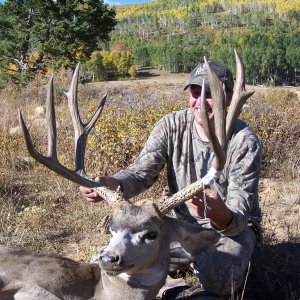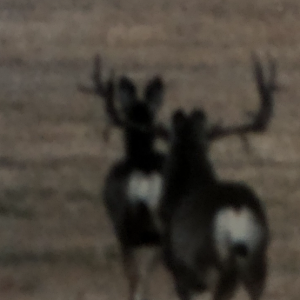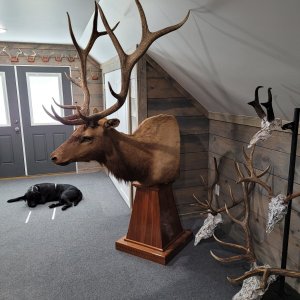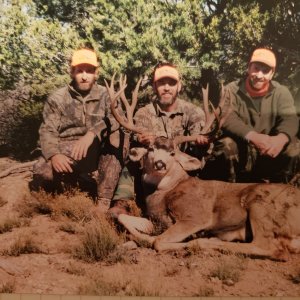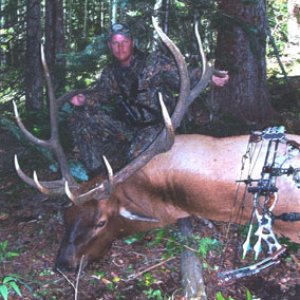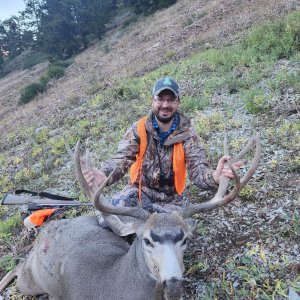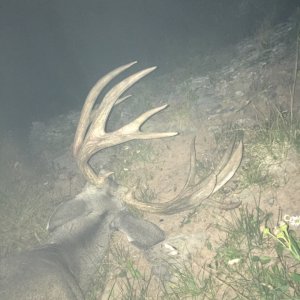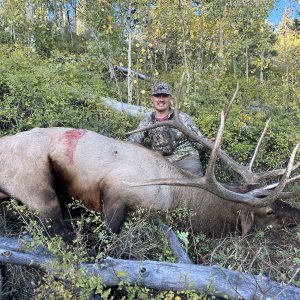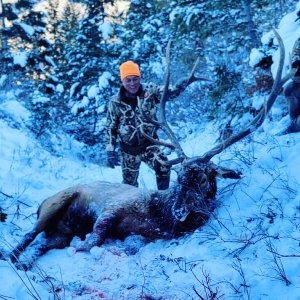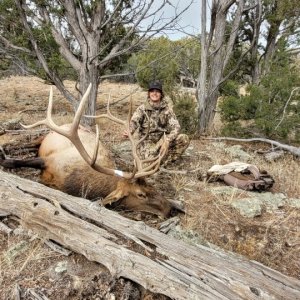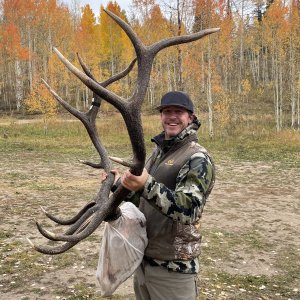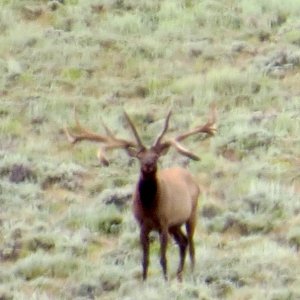LIVESTOCK GRAZING AND PUBLIC LANDS
This publication will only provide data on the use of public and private lands in Utah by domestic livestock (sheep and beef cattle are emphasized because they are the primary domestic animals that graze rangelands in Utah) and outline some of the issues that are associated with this use. Nearly three-fourths of the land area of Utah is administered by agencies of the federal or state governments (Figure 13). The two primary agencies that administer federal lands in Utah are the Bureau of Land Management (BLM) and the Forest Service (FS), while the State and Institutional Trust Lands Administration (SITLA) manages most of the land owned by the state of Utah. The percentage of land that is administered by a government agency or by private landowners varies widely by county (Figure 14 and Table 1). For example, nearly 90% of the land in Garfield County is administered by agencies of the federal government and 5% is privately owned, while 93% of the land in Morgan County is privately owned and 4% is administered by an agency of the federal government. The use of lands administered by the BLM and FS by livestock has varied over time. For example, data for the Forest Service indicates that permitted use by cattle, sheep, horses, and goats declined from a high of just over a million AUMs3in the 1940s to about half that amount in the 2000s(Figure 15). This decline pales in comparison to the decline in the use of BLM lands by sheep and goats (Figure 16). This decline was more than a ten-fold reduction from over 1.8 million AUMs in1940 to about 130,000 AUMs in 2006. The overall decline (cattle and sheep) in the use of BLMlands by livestock has been over two million AUMs since 1940. The decline in the use of FS lands has not been as large—about 400,000 AUMS between 1940 and 2005. Furthermore, data since 2000indicate that the trend in the use of FS lands is downward. Similar data for the BLM suggests that there was a reduction in authorized use in 2003, with increases in 2004-2006. However, the genera l trend is still downward. The decline in the use of lands administered by the BLM and FS occurred at the same time that total livestock numbers have generally been stable (Figure 17). The increase in cattle numbers has commonly offset the decline in sheep on an animal unit basis (five sheep were assumed to equal one cow). This suggests that an increasing portion of the forage used by livestock in Utah is coming from private lands (Figure 19). It should also be noted that the changes have not been uniform throughout the state (Figure 18). For example, relatively large declines occurred in urban (e.g., Salt Lake and Davis) and ―red rock‖ counties, such as San Juan. The biggest increases occurred in Box Elder, Beaver, Millard, Duchesne, Sevier, and Tooele counties. All of this suggests that adjustments have been made by producers in the counties based on factors such as urban growth, sometimes controversial grazing policies on federal lands, development and use of private lands, economic variables, and personal conditions. The desire to better understand these factors and the livestock industry in Utah have resulted in this study.


